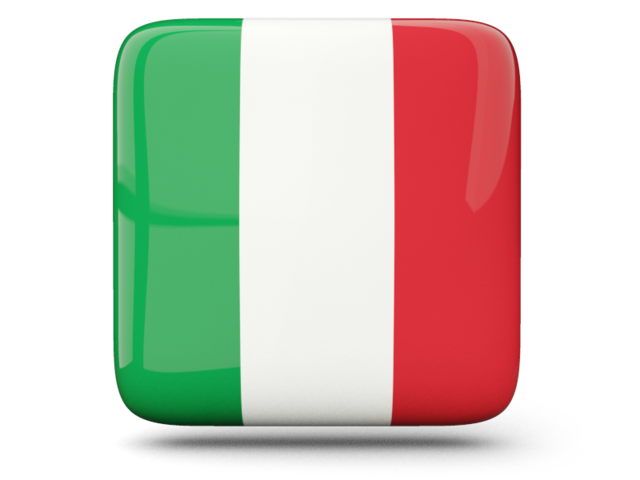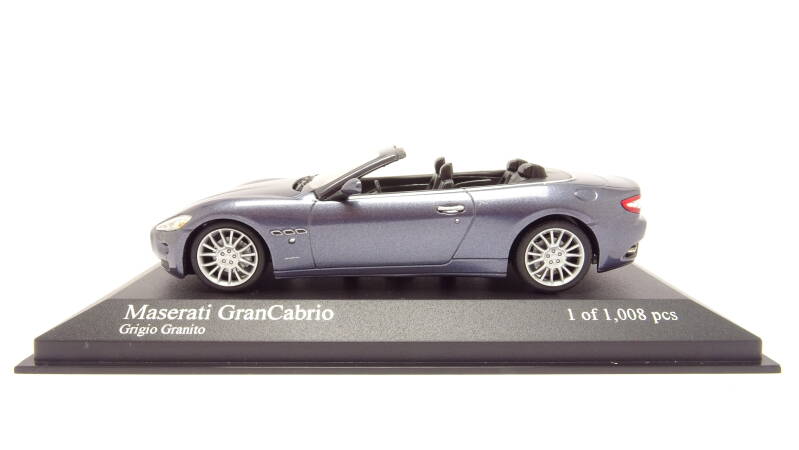

Alfieri, Ettore, Ernesto, and Bindo. Meet the four Maserati brothers who founded the fabled car company in Bologna, Italy, in 1914.
Maserati is an Italian luxury vehicle manufacturer established on 1 December 1914, in Bologna. The Maserati tagline is "Luxury, sports and style cast in exclusive cars". The company's headquarters are now in Modena, and its emblem is a trident. It has been owned by the Italian-American car giant Fiat Chrysler Automobiles (FCA) and FCA's Italian predecessor Fiat S.p.A. since 1993.


Headquarters: Bologna, Italy, 1914-1937

Headquarters: Orsi, Modena, Italy, 1937-1968

Parent: Citroën, Poissy, France, 1968-1975

Parent: GEPI, Italian Government, Rome, 1975-1989

Parent, Officine Alfieri Maserati, Modena, Italy, 1989-1993

Parent: Fiat, Torino, Italy, 1993-1997

Parent: Ferrari, Maranello , Italy, 1997-2005

Parent: Fiat, Torino, Italy, 2005-2014

Parent: PCA, Amsterdam, Netherlands, 2014-2021

Parent: Stellantis, Hoofddorp, Netherlands, 2021-now




3500 GT

The Maserati 3500 GT and the Maserati 3500 GT Convertibile are 2-door coupé and convertible grand tourers manufactured between 1957 and 1964. It was a seminal vehicle for Maserati as the company's first successful attempt at the Gran Turismo market and series production.




tipo 60




5000 gt allemano




sebring




quattroporte

The Maserati Quattroporte is a four-door full-size luxury sports saloon produced by Italian automobile manufacturer Maserati. The name translated from Italian means "four doors". The car is currently in its sixth generation, with the first generation introduced in 1963.












set of M139 Quattroporte Maserati Quattroporte V Set (youtube.com)






mistral




mexico

TheMaserati Mexico is a 4-seater grand touring coupé produced between 1966 and 1972. It was based on the second series of the original AM107 Maserati Quattroporte, and it was powered by the same 4.2 and 4.7 L V8 engines.




ghibli

Maserati Ghibli is the name of three different cars produced by Italian automobile manufacturer Maserati: a V8 grand tourer from 1966 to 1973; a V6 twin-turbocharged coupé from 1992 to 1998; and an executive saloon from 2013 onwards.
Ghibli is the Libyan Arabic name for the hot dry south-westerly wind of the Libyan desert.

set of Ghibli coupe and convertible https://www.youtube.com/watch?v=NN7ana7ybTc








indy




bora


https://yoursydneymate.com/maserati-bora-review-classic-70s-supercar


boomerang




merak




khamsin




kyalami




biturbo

The Maserati Biturbo was a family of executive grand tourers produced between 1981 and 1994. The original Biturbo was a two-door, four-seater notchback coupé featuring, as the name implies, a two-litre V6 engine with two turbochargers and a luxurious interior.
All Maserati models introduced from the Biturbo's inception in 1981 until 1997 were based on the original Biturbo architecture, including the later grand tourers like the Shamal and Ghibli II.

set of Biturbo coupe and convertible https://www.youtube.com/watch?v=bxNDl5EKUUs




shamal




coupé & spyder

The Maserati Coupé and Spyder (Tipo M138) are a series of grand tourers produced by Italian automaker Maserati from 2001 to 2007. The two nameplates refer to the four-seater coupé and two-seater convertible models, respectively. The design of both models was based on the preceding 3200 GT. Due to the confusing nature of the names "Maserati Coupé" and "Maserati Spyder" (which could refer to any coupé or convertible Maserati has made) the Coupé and Spyder are both commonly referred to as the 4200 GT, which is an evolution of the prior model name and a reference to the increase in engine displacement from 3.2 L to 4.2 L.








BBR series Gasoline
gran turismo/cabrio

The Maserati GranTurismo and GranCabrio are a series of a grand tourers produced from 2007 to 2019. They succeeded the 2-door V8 grand tourers offered by the company, the Maserati Coupé, and Spyder.





set of Granturismo convertible in black and grey https://www.youtube.com/watch?v=BvdInQ4rJCM&ab_channel=thebiggarage




MC GT4 2010-2015

The GranTurismo MC is the racing version of the GranTurismo S developed to compete in the FIA GT4 European Cup and is based on the Maserati MC concept.

set of MC GT4 in white and race trim https://www.youtube.com/watch?v=K99Z_Iw8Pd8
levante










1926-1937
1937-1943
1943-1951
1951-1954
1954-1983
1983-1985






1985-1997
1997-2006
2006-2020
2006-2015
2015-2020
2020-now











Create Your Own Website With JouwWeb